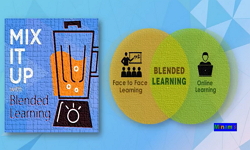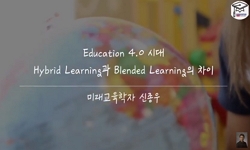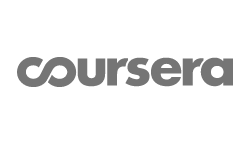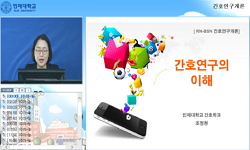Purpose: This study analyzed domestic studies on blended learning among nursing students to identify research trends and future directions. Methods: This scoping review was conducted following the process suggested by Arksey and O’Malley: 1) ident...
http://chineseinput.net/에서 pinyin(병음)방식으로 중국어를 변환할 수 있습니다.
변환된 중국어를 복사하여 사용하시면 됩니다.
- 中文 을 입력하시려면 zhongwen을 입력하시고 space를누르시면됩니다.
- 北京 을 입력하시려면 beijing을 입력하시고 space를 누르시면 됩니다.
https://www.riss.kr/link?id=A108690191
- 저자
- 발행기관
- 학술지명
- 권호사항
-
발행연도
2023
-
작성언어
Korean
- 주제어
-
KDC
512
-
등재정보
KCI등재
-
자료형태
학술저널
-
수록면
82-93(12쪽)
- 제공처
-
0
상세조회 -
0
다운로드
부가정보
다국어 초록 (Multilingual Abstract)
Methods: This scoping review was conducted following the process suggested by Arksey and O’Malley: 1) identifying the research questions; 2) searching for relevant studies; 3) study selection; 4) charting the data; 5) collating, summarizing, and reporting the results; and 6) optional consultation. Relevant studies were searched using the keywords “blended learning” and “nursing” in the domestic databases RISS, KISS, and DBpia. The selection and exclusion criteria were applied to 203 articles, and 34 were finally selected.
Results: The final 34 studies included 30 quantitative and four qualitative studies. Most of the studies were experimental studies. In undergraduate nursing education, blended learning was utilized more in the classroom than in the lab or clinical setting. Furthermore, it was mainly applied by combining online and offline approaches. It improved learning satisfaction, critical thinking, clinical performance, and self-directed learning ability.
Conclusion: Research on blended learning in nursing education has increased over time. Blended learning positively affects learning satisfaction and learning ability in nursing students; thus, it is expected that this could be effectively utilized in both the classroom and lab or in clinical teaching for nursing students. Therefore, future studies using various research methods should be expanded, and systematic reviews and meta-analyses are recommended.
Purpose: This study analyzed domestic studies on blended learning among nursing students to identify research trends and future directions.
Methods: This scoping review was conducted following the process suggested by Arksey and O’Malley: 1) identifying the research questions; 2) searching for relevant studies; 3) study selection; 4) charting the data; 5) collating, summarizing, and reporting the results; and 6) optional consultation. Relevant studies were searched using the keywords “blended learning” and “nursing” in the domestic databases RISS, KISS, and DBpia. The selection and exclusion criteria were applied to 203 articles, and 34 were finally selected.
Results: The final 34 studies included 30 quantitative and four qualitative studies. Most of the studies were experimental studies. In undergraduate nursing education, blended learning was utilized more in the classroom than in the lab or clinical setting. Furthermore, it was mainly applied by combining online and offline approaches. It improved learning satisfaction, critical thinking, clinical performance, and self-directed learning ability.
Conclusion: Research on blended learning in nursing education has increased over time. Blended learning positively affects learning satisfaction and learning ability in nursing students; thus, it is expected that this could be effectively utilized in both the classroom and lab or in clinical teaching for nursing students. Therefore, future studies using various research methods should be expanded, and systematic reviews and meta-analyses are recommended.
목차 (Table of Contents)
- 서 론
- 1. 연구의 필요성
- 2. 연구목적
- 연 구 방 법
- 1. 연구설계
- 서 론
- 1. 연구의 필요성
- 2. 연구목적
- 연 구 방 법
- 1. 연구설계
- 2. 연구절차
- 연 구 결 과
- 1. 문헌의 일반적 특성
- 2. 문헌의 연구방법
- 3. 문헌의 결과 측정변수
- 4. 문헌의 주요 연구결과
- 논 의
- 결 론 및 제 언
- REFERENCES
동일학술지(권/호) 다른 논문
-
COVID-19 대유행 시기 남성 독거노인의 삶의 경험
- 대한질적연구학회
- 박고은
- 2023
- KCI등재
-
코로나-19 유행 초기에 확진을 받은 여성자영업자의 경험에 대한 해석현상학적 분석
- 대한질적연구학회
- 박경애
- 2023
- KCI등재
-
- 대한질적연구학회
- 임세라
- 2023
- KCI등재
-
- 대한질적연구학회
- 남선희
- 2023
- KCI등재





 코리아스칼라
코리아스칼라






